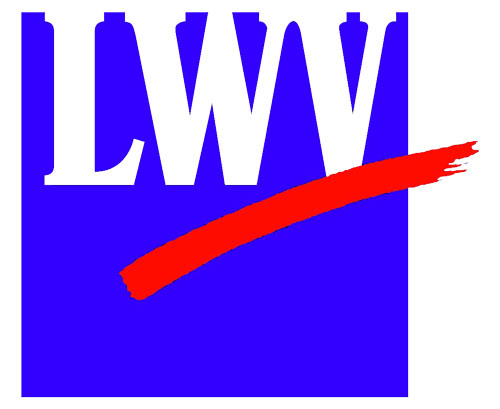Blog
We are still here

“I am a Hoosier born and raised,” wrote Beth Saligugi Elam, “but first and foremost I am Chickamauga Cherokee and descendant of the Powhatan Confederacy. I would like White Hoosiers to understand that we are still here.”
“We’re still here,” echoed EagleWolf, a member of an Alabama-recognized band of Cherokee, who asked his last name be withheld. EagleWolf lives in Ellettsville, Indiana.
“We are not just people of the past,” said Diane Hunter of the Miami tribe here in Indiana during a November interview with WTHI in Terre Haute. “We are a living people.”
Though Indiana means “Land of the Indians,” most residents aren’t Native Americans. We don’t call ourselves Indians or Indianaians. Rather we are Hoosiers, a muddied moniker, apropos of our state’s muddier history when it comes to its Native people. How did the Land of the Indians come to have only far less than 1 percent of its peoples with Native American ancestry? How are so few tribes established in Indiana at present?
Indiana was once the land of the Shawnee, Miami, Wea, Potawatomi, Delaware, Wyandot, Kickapoo Piankashaw and Chickasaw. By 1823, when Major Whitlock laid out Crawfordsville, few remained. When Crawfordsville was incorporated in 1834, its famous resident, Lew Wallace, was just 7 years old. There’s little record that he met Indians until he moved to New Mexico to be the territorial governor in 1878. There he wrote as a person of his time, using harshly biased language against the Apache people. Had he encountered Indiana’s natives, including the peaceful, Christianized tribe of the Potawatomi Tribe in 1834, he might have been as protective of them as the doctors and priests who traveled with the Potawatomi on their Trail of Death from northern Indiana through central Indiana to Kansas in a scorching summer-long, 660 mile trek that killed two or more people a day, including more than 40 infants and children.
Yet Indiana’s Native peoples resist becoming “artifacts.” At present, about 50,000 Hoosiers with Native ancestry live in the state. Currently, the Pokagon Band of the Potawatomi tribe is recognized in Indiana. The Miami tribe would also like recognition, as would others.
“Like everyone else I have hopes, dreams, aspirations, and challenges,” EagleWolf said. He makes clear that stereotypes don’t hold. He doesn’t abuse alcohol or drugs. He’s never been to a casino. He wants his fellow Hoosiers to know more about Native culture, so he leads workshops to teach traditional crafts.
“Our regalia is not a costume,” he said, affirming a point Fred Villeaux made in his essay “Indians Are People, Not Mascots.” Regalia – the beadwork, featherwork and other traditional outfits – has a sacred purpose.
“One place I worked in my teens once asked me to play a Native character in a big birthday party mystery and was very upset when I arrived in everyday clothes instead of regalia. No one understood that it is used for ceremony, not pretend.”
EagleWolf also noted that Native American identity is complicated and sometimes fraught. The U.S. government recognizes 567 tribes by somewhat strict criteria. Those who fulfill a “blood quantum” – the amount of DNA or genealogy that comes from that tribe – have certain sovereign rights and benefits.
There is another way in which Native Americans also have recognition: state-level recognition. Only 11 states offer this, but it grants a framework for fragmented tribes and bands “to govern themselves and keep traditions alive,” EagleWolf said. Those states have established commissions to represent Native American concerns like the need for housing and linguistic / cultural education to environmental and cultural representation. In some states, allowances for fishing, hunting, or use of artifacts is protected. It’s important because many Native Americans don’t live on tribal or reservation lands and have complex ancestry after generations of relocation and assimilation campaigns. EagleWolf explained that this is why Native Americans typically don’t announce their band or tribe. Like African-Americans, their histories are complicated and often traumatic while their communities bear testimony to their resilience and love of tradition.
Many Hoosiers reach out and seek to do good when the weight of this history bears its truth in them. There are myriad ways to seek good. As the new year approaches, consider supporting the Native American Rights Fund, which supports voting and civil rights for all Native Americans. Second, support the Miami Tribe here in Indiana. It’s trying to restore the building it uses for its headquarters in Peru, Ind. Third, join with Native Americans in being stewards of planet Earth. Support water protectors; consume less; avoid pesticides. Lastly, befriend people who are not like you; ask kind questions; be willing to listen, learn, change and grow.
The League of Women Voters is a nonpartisan, multi-issue political organization which encourages informed and active participation in government. For information about the League, visit the website www.lwvmontcoin.org; or, visit the League of Women Voters of Montgomery County, Indiana Facebook page.
